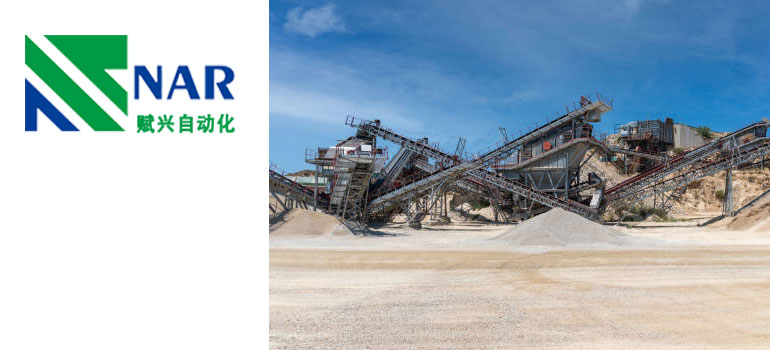Summary:
Incline conveyor play an important role in port loading and unloading. You can learn about the characteristics, relevant classification and maintenance measures of incline conveyors.
Everything you need to know about incline conveyor?
What is a incline conveyor?
What are the components of the incline conveyor?
What are the classifications of incline conveyors?
What common problems and measures will you encounter in use?
The incline conveyor can reach the required position at a certain angle across the obstacles.
What do you know about incline conveyors? The following pages can help you understand the characteristics, composition and classification of inclined conveyor.
What is a incline conveyor?

Inclined conveyor, also known as wave type edge conveyor, is one of the most commonly used conveyors.It can be conveyed at a large angle or even vertically.
In order to obtain better receiving and discharging conditions for large inclination belt conveyor, it is more reasonable to adopt “Z” layout.
The upper horizontal section, lower horizontal section and inclined section are set, and the materials are received at the lower horizontal section and unloaded at the upper horizontal section.
The upper horizontal section and the inclined section are connected by the convex arc section frame.The lower horizontal section and the inclined section are connected by the concave arc section frame to realize the smooth transition of the conveyor belt.
The large inclination conveyor mainly adopts belt conveyor related technology, with simple structure and easy maintenance. It is widely used in many fields such as metallurgy, grain and oil, port ship loading and unloading, etc.
What are the components of the incline conveyor?
The incline conveyor is mainly composed of edge conveyor belt, driving device, driving roller, reversing roller, idler and other related facilities.
The main functions of relevant accessories can be learned from the following contents.
Corrugated edge conveyor belt: It plays the role of traction and bearing in the conveyor.
It plays the role of traction and bearing in the conveyor. The corrugated baffle, diaphragm and baseband form a “gate” descriptor for conveying materials, so as to realize large inclination conveying.
Drive unit: Power part of conveyor.
Transmission roller: Main components of power transmission.The conveyor belt runs by friction with the drive roller.
bend pulley: Used to change the running direction of the conveyor belt.
Belt pressing pulley: It is used to change the running direction of the conveyor belt, and the belt pressing wheel is used for the upper surface (bearing surface) of the conveyor belt.
Roller: The idler is used to support the conveyor belt and the materials on the belt to make it run stably.It can be divided into two types: upper parallel idler and lower flat idler.
tensioning device: Make the conveyor belt have enough tension to ensure that there is no slip between the conveyor belt and the driving roller.Limit the sag of the conveyor belt between supports to make the conveyor operate normally.
Guide chute: Guiding effect.
Intermediate support leg: Propping action.
Head shield:Dustproof effect.
What are the classifications of incline conveyors?
The inclined conveyor can be divided into open inclined conveyor and closed inclined conveyor.
Open large inclination belt conveyor: The open inclined conveyor is a continuous conveying equipment which takes the conveyor belt as the material bearing component and the traction component.
Strong versatility, easy to connect with other equipment. It is more suitable for the field with less dust.
Closed high angle conveyor: The closed inclined conveyor is a continuous conveying equipment which takes the conveyor belt as the material bearing component and the traction component.
The closed belt conveyor is a conveying equipment with environmental protection as the main direction, so as to ensure that the dust pollution to the environment and the sprinkling problem can be prevented during the conveying process.
The closed conveyor mainly has the following characteristics:
Closed transport:Reduce the problem of spraying materials and reduce the pollution of dust to the environment.
Gradeable conveying:according to the scheme, the inclination is determined, and the climbing transportation can be realized by bypassing various obstacles and facilities.
Conveyor angle adjustable:the material is held in the conveyor, which can increase the friction between the material and the inner surface of the conveyor belt, and can appropriately raise the angle.
With the development of modern production, environmental protection is a vital part, so the closed inclined conveyor is widely used.
What common problems and measures will you encounter in use?
Belt deviation: adjust the bearing idler group and tensioning device.
Belt slipping: if the conveying capacity of the conveyor belt is too large, adjust the conveying capacity in time.
If the idler has been used for a long time and the surface becomes smooth, the service condition of equipment parts shall be checked regularly.
Broken tape problem: The belt has been used for a long time, so it is necessary to regularly check the equipment parts.
Spraying problem: belt deviation, check equipment status before operation.
